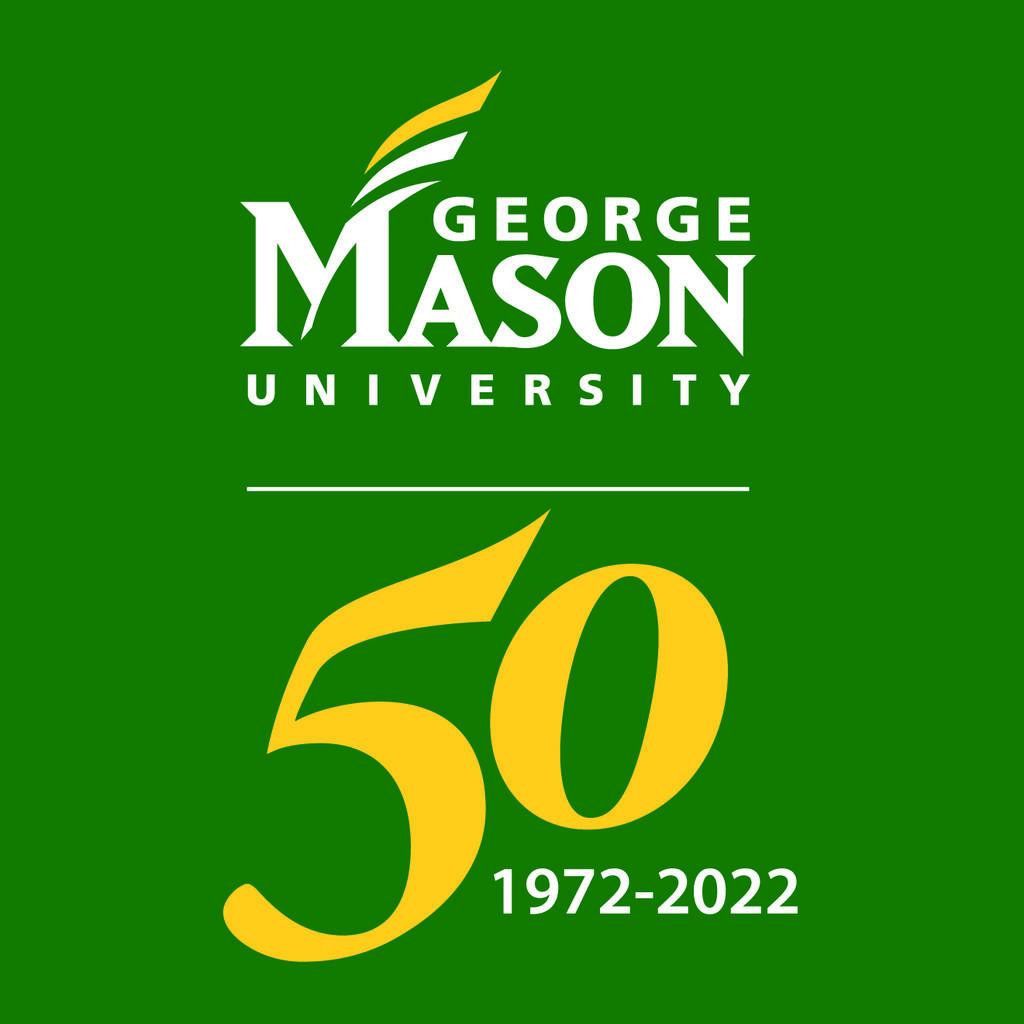Hannah Denham of the Washington Business Journal takes an in-depth look at Mason's past, present, and future in this May 27 - June 2, 2022 cover story.

Excerpt:
"Before George Mason University started building new labs for engineering students in Manassas, before it coached and mentored more than 100 new startup companies in Fairfax, before it set up a campus in South Korea’s Songdo, or broke ground on a new space in Arlington to collaborate with the likes of Amazon.com Inc., it was just a single building.
One lone building in 1957. And 17 students enrolled through the University of Virginia.
Eventually, UVa. would procure 150 acres from the not-yet-incorporated town of Fairfax to spin off and plant GMU’s main hub there in 1959. Thirteen years later, the Fairfax university’s status reached the desk of former Virginia Gov. Linwood Holton, who signed legislation April 7, 1972, establishing George Mason University as an independent public university.

"Since that spring, disco-era day, the school has spent its maiden 50 years experiencing explosive growth to become the largest, most diverse university in the commonwealth, now enrolling 39,000 students across four campuses, three local jurisdictions and two countries, all on a $1.3 billion annual budget. Even throughout the Covid pandemic, as many institutions in Greater Washington and across the country saw dips in enrollment, Mason kept growing: up 3% from fall 2019 to fall 2021.
GMU’s economic impact in Virginia spans sectors and industries but is especially prevalent in the life sciences and startup and innovation fields, the latter through its Mason Enterprise Center. Last year, Mason Enterprise alone generated $1.6 billion in economic impact to the commonwealth, providing more than 42,000 hours of individual mentorship for more than 10,000 small businesses in Virginia, including 417 new businesses, mostly in the tech industry, said GMU President Gregory Washington."
More Stories
- May 31, 2022
- April 6, 2022
- March 29, 2022
- March 28, 2022

Follow the steps of our journey and learn how Mason continues to disrupt the status quo as a "university of a new and necessary kind"
